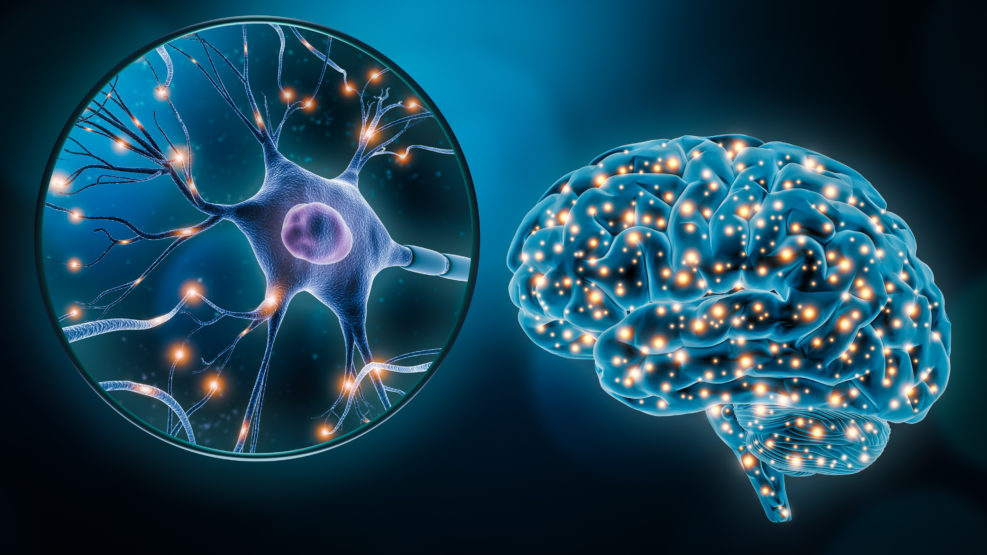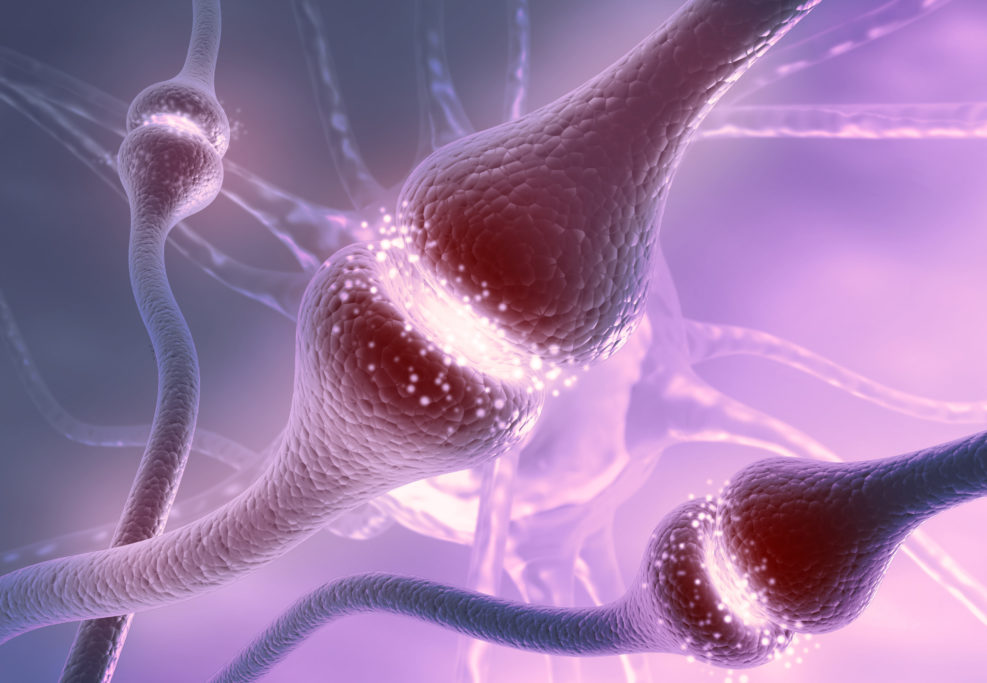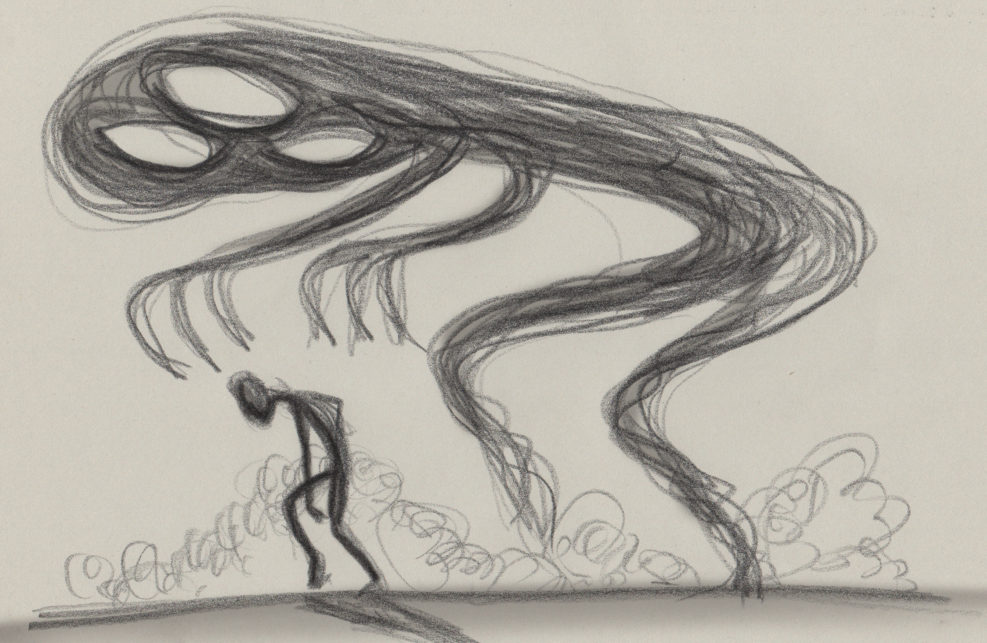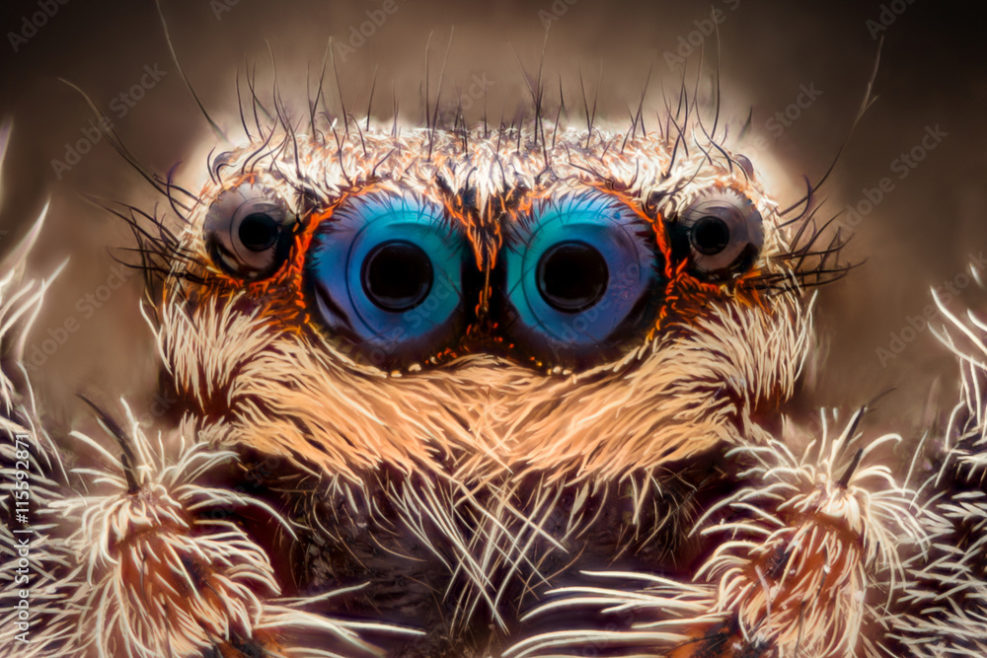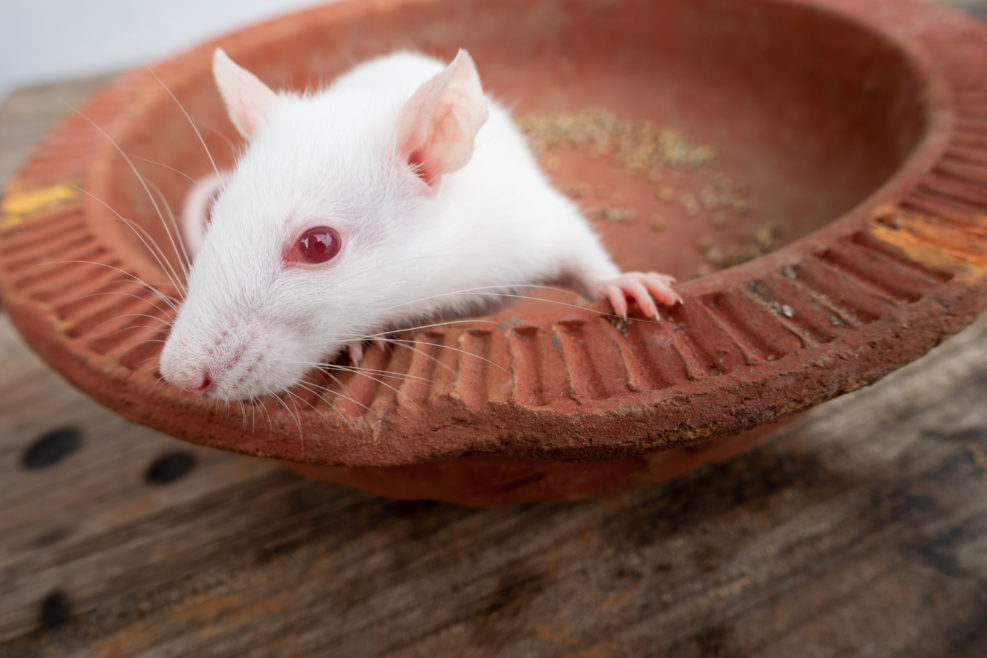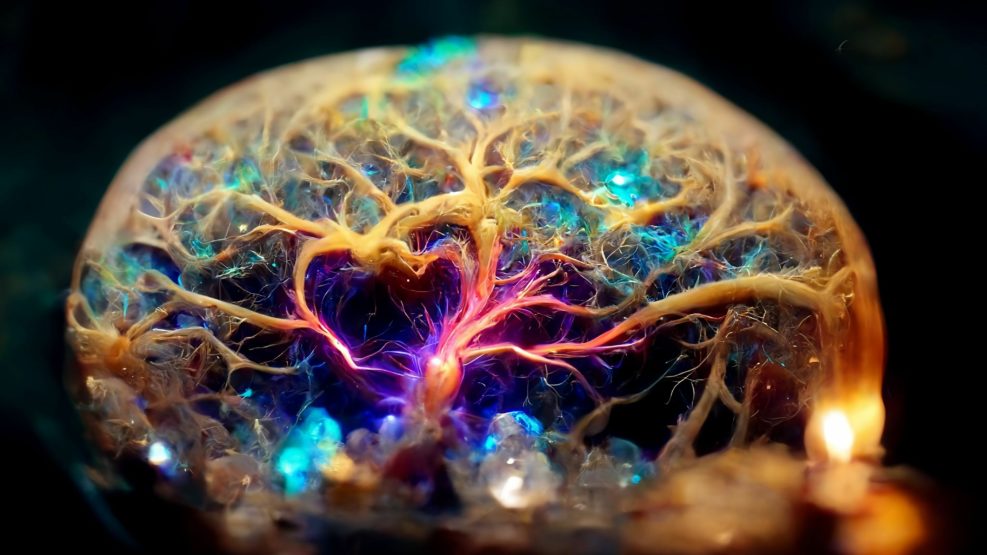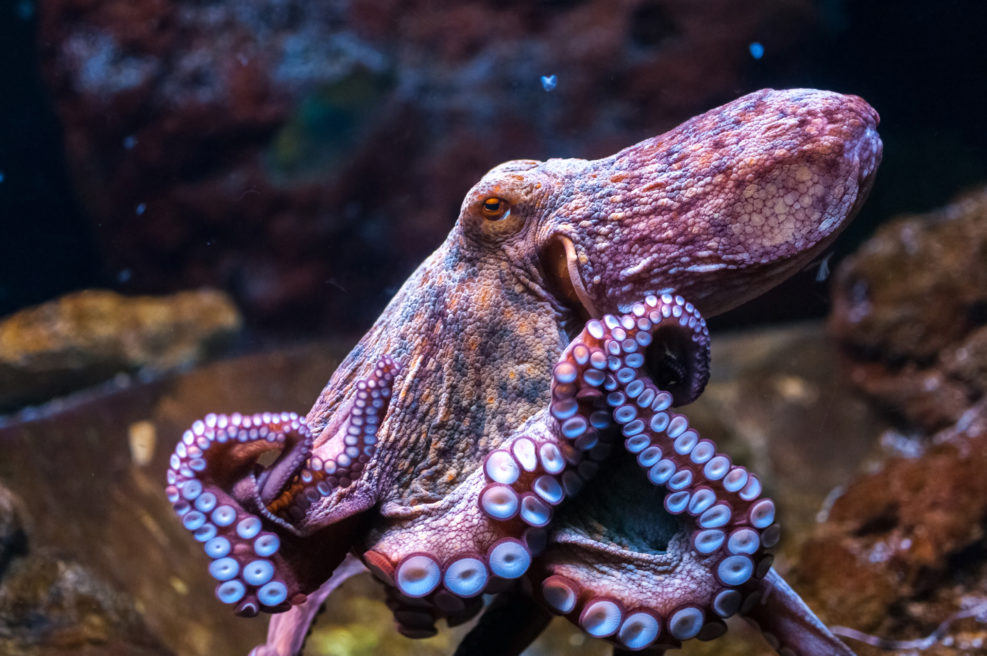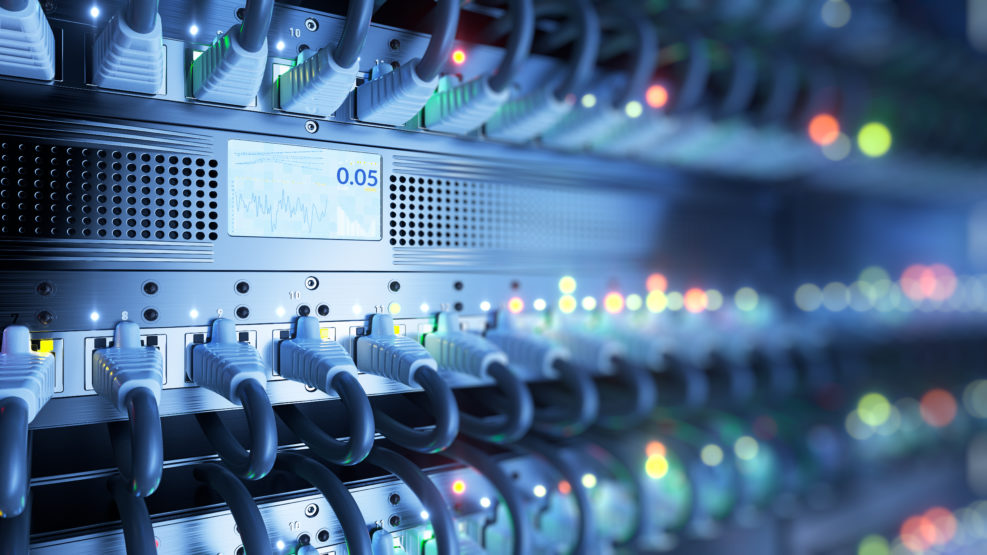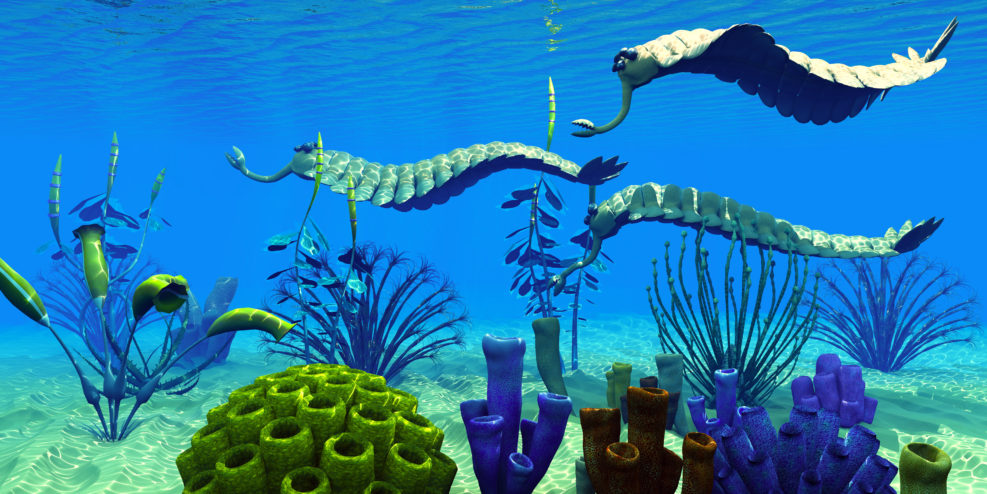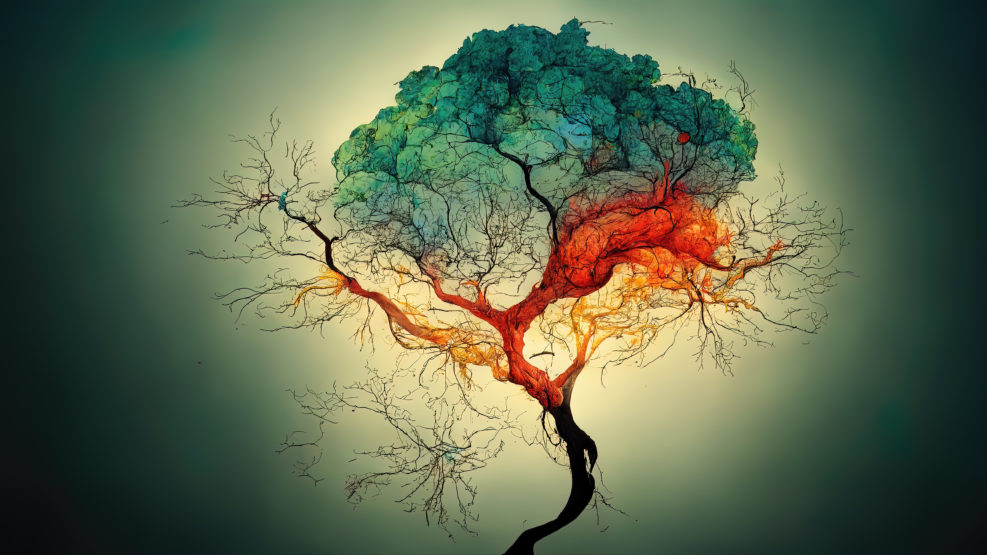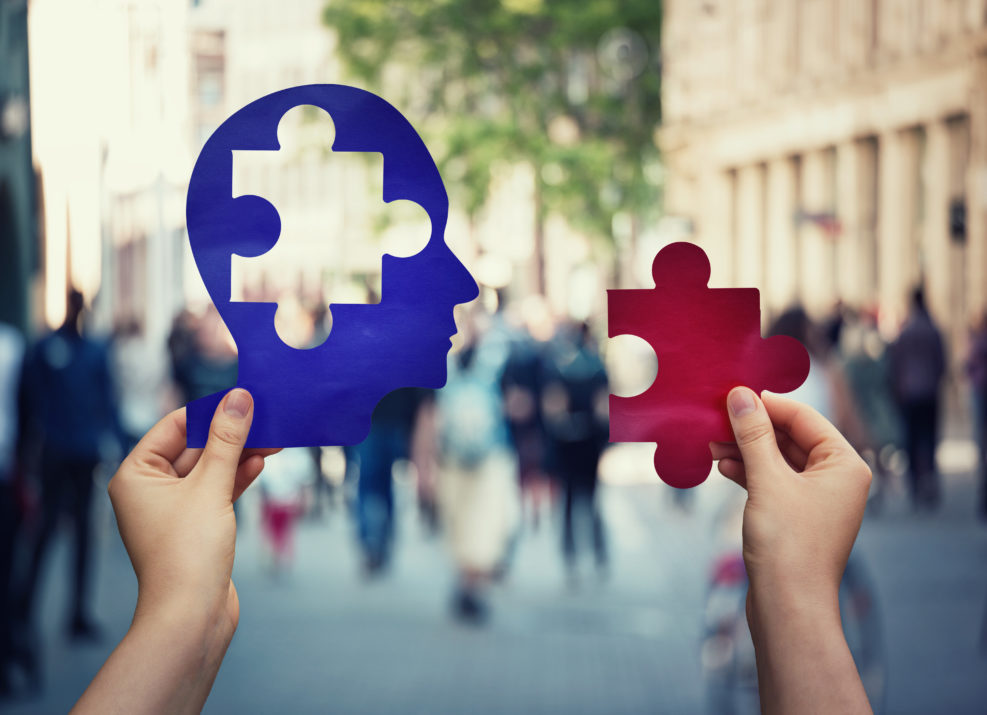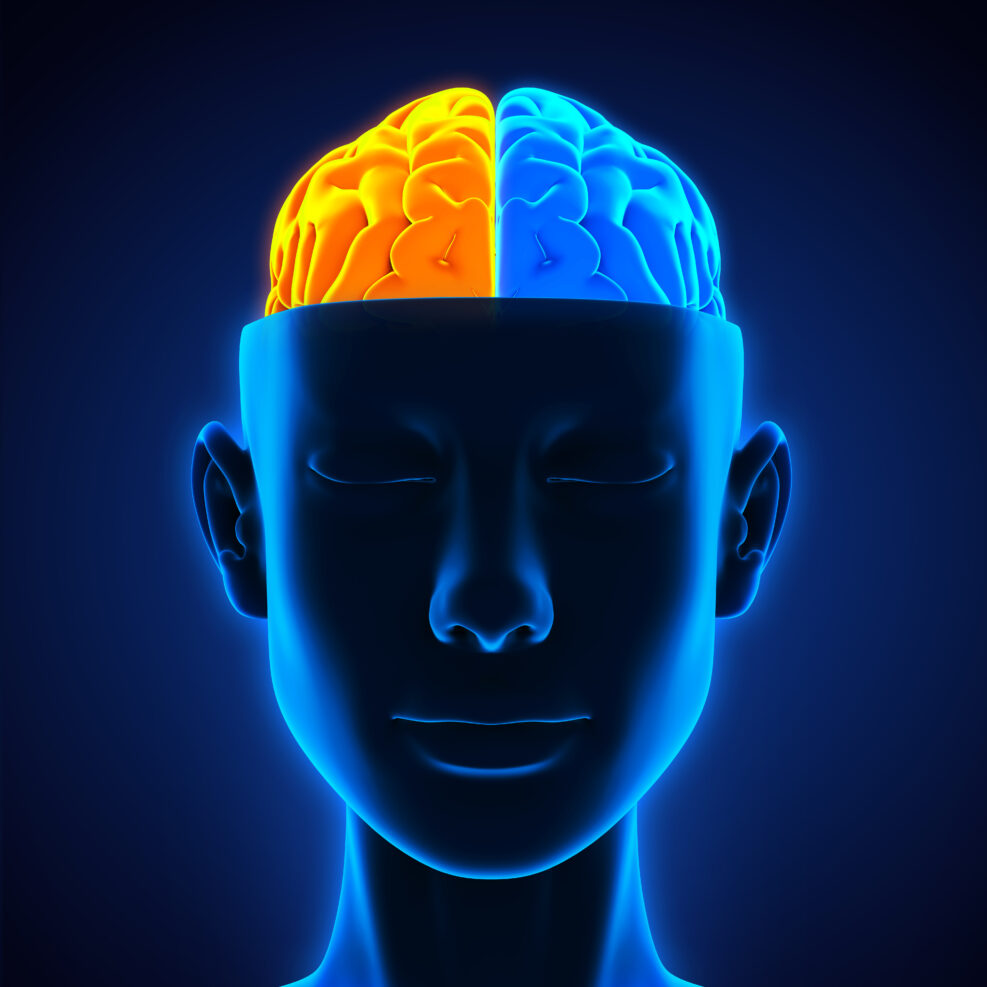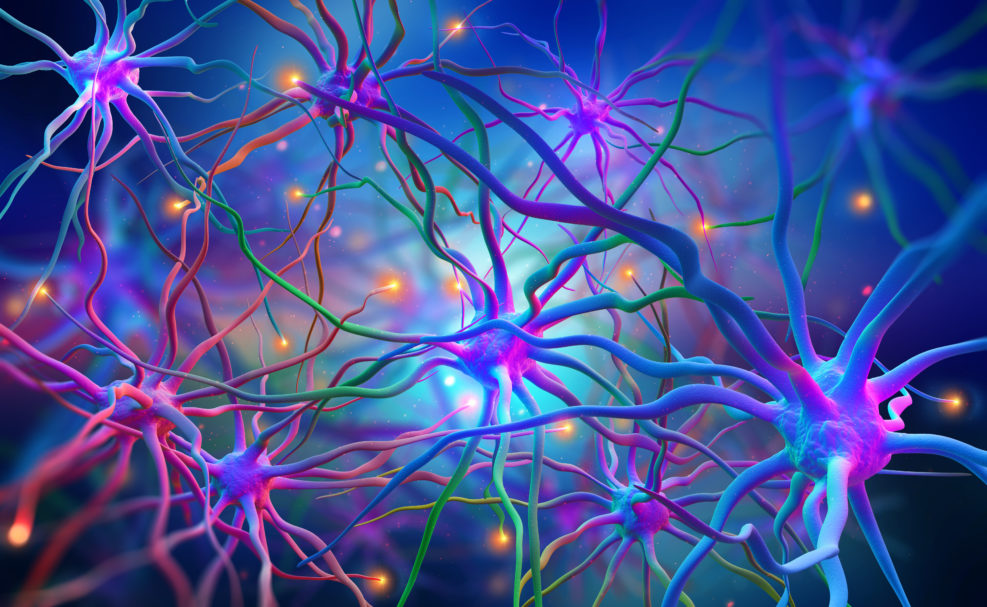
How Do Strokes, Dementia Offer Insight Into How the Brain Works?
Neurologist Andrew Knox thinks the brain may store memories is an associative scheme, where previous memories are used to build up new onesIn the podcast released last Thursday, Walter Bradley Center director Robert J. Marks interviewed pediatric neurologist Dr. Andrew Knox from the University of Wisconsin School of Medicine and Public Health on “Ways the brain can break” (#220, January 5, 2023). What follows is from Part 3 of the discussion. Here’s Part 1: How our brains are — and aren’t — like computers and Part 2: What is happening when children have strokes or dementia signs? https://mindmatters.ai/wp-content/uploads/sites/2/2022/12/Mind-Matters-220-Andrew-Knox-Episode-1.mp3 This portion begins at roughly 18:25 min. A partial transcript and notes, and Additional Resources follow. The discussion began with the question, “How does the brain store memories?” Andrew Knox: There are different schemes for storing memories, but patients with Alzheimer’s seem to have Read More ›
